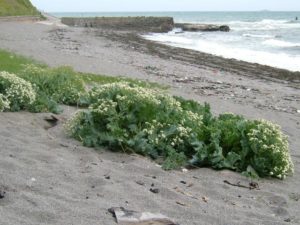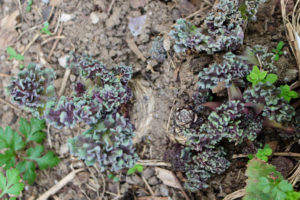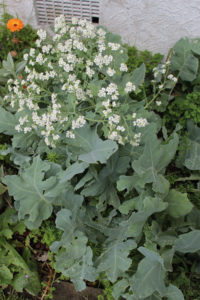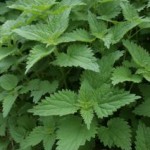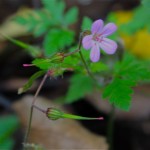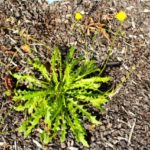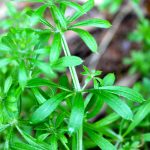What is sea kale? For starters, sea kale (Crambe maritima) isn’t anything like kelp or seaweed and it will grow far from the sea. Sea kale is a halophytic plant (meaning it tolerates high levels of salt) in the brassica
family. It is a perennial also known as sea-colewort and scurvy grass. The reasons for its name is that sea kale originates from the coasts of Europe where it grows wild on shingle or rocky beaches or rocky cliffs all the way from the Black sea to the Baltic, and because it was pickled centuries ago for long sea voyages. It prevented scurvy, being a rich source of vitamin C. It also contains sulphur, calcium, vitamin B6, magnesium, and manganese and iodine if it grows on the coast or you feed it liquid seaweed.
I have a healthy plant I love because being perennial it dies down in winter and regrows each spring from a deep taproot that gets thicker as well as making more roots as it ages. The crinkly new shoots, tinged
purple that appear in spring are tender and eaten much like asparagus raw in salads, smoothies or steamed. The older leaves need more cooking as they are tougher and stronger tasting. But they can be stir-fried, put in casseroles or made into nutritious soup. Even the roots are edible, but leave them if you want leaves year after year.
Growing to 75cm high and 60cm wide, the plant forms a mound or small shrub with large fleshy greyish-blue collard like leaves and abundant small white flowers that attract insects and smell like honey. The flowers are great to add to
salads as they’re tender, pretty and tasty. The globular pods contain a single seed. To improve germination crack open the light, cork seed covering, designed to float in the sea and carry the seed to a new beach and then sow it like any other brassica.
Seakale is a survivor tolerating drought and we’re experiencing more of these, different climates and different types of soil. Its best feature is that unlike a broccoli or cauliflower it is long lived, one source saying plants could average 8 to 10 years, but it could be longer.
There are records from the 18th century of local people along some coasts of England digging out and harvesting the emerging shoots as a vegetable from naturally occurring root crowns in the early springtime (these crowns can be divided to create new plants). This custom was first reported by Phillip Miller in his 1731 Gardener’s Dictionary as practised among the peoples of Sussex and it was seen in the 18th century being sold as food at the Chichester market in 1753. By the mid-19th century in Victorian times it had become popular as a vegetable in Britain. This plant has been around a long time and it’s definitely one to have!
